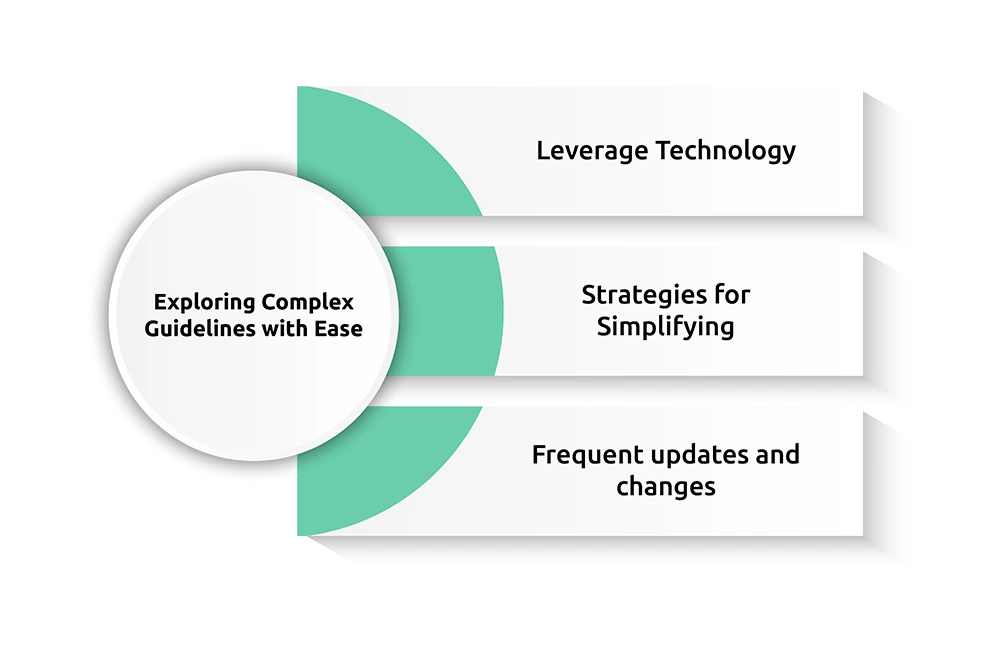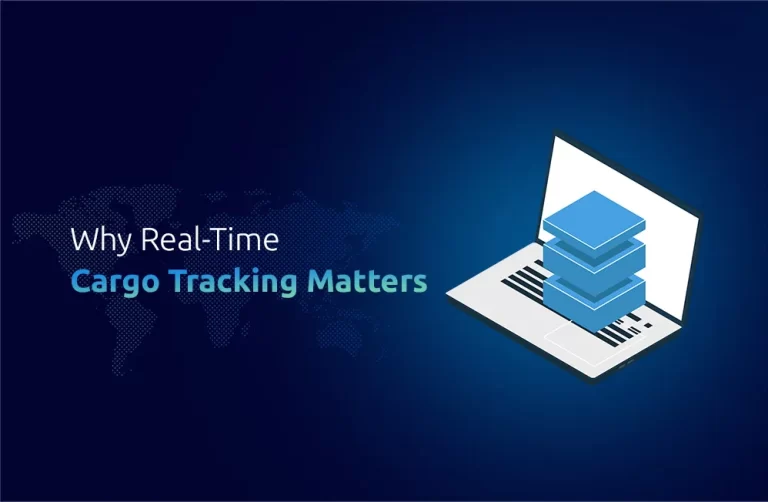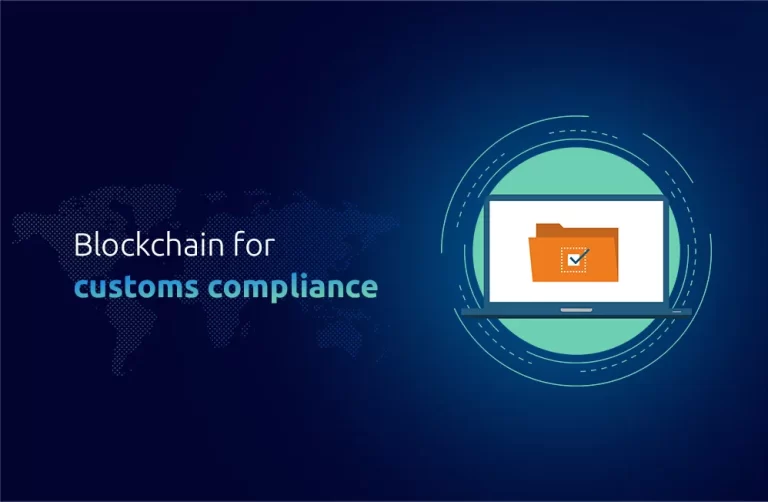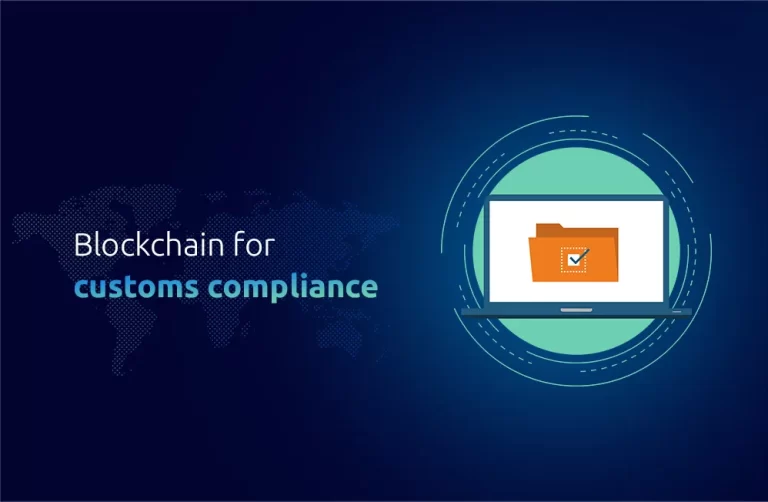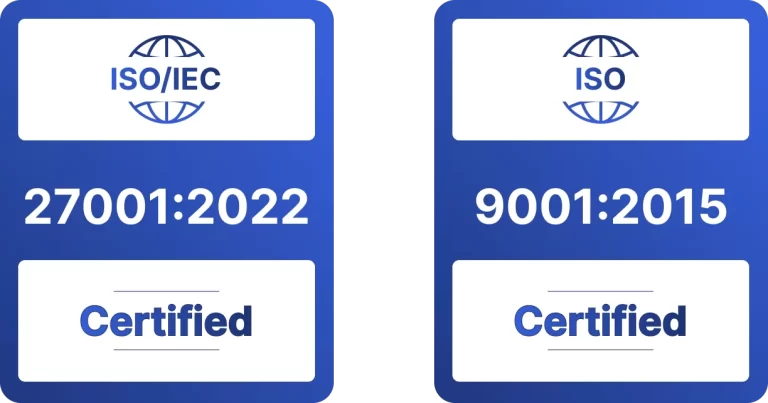As the health sector grows and the advancement of clinical hardware, effective import management is a must. Clinical hardware, which includes equipment like diagnostic tools, monitoring equipment, and the most advanced therapeutic systems, is monitored to ensure security for patients. However, these stringent guidelines often create challenges, in particular for businesses looking to introduce new devices into markets abroad. That’s where an Importer of Record (IOR) comes in, a role that is designed to make compliance easier, speed clearance through customs, and minimize the risks related to the importation of medical devices. One Union Solutions provides professional IOR services that allow medical hardware importers to concentrate on the development of new products and services for patients. At the same time, we handle the complexity of global trade.
Role of an Importer of Record in Clinical Hardware
The Importer of Record is the legal entity that is responsible for taking care of the import process and providing compliance with customs laws, regulatory documents, and the payment of duty. When it comes to medical equipment it is the IOR is essential, since it makes sure that the imported products meet the requirements of each nation’s particular health and safety environmental requirements. It can cover anything from diagnostic devices for handheld use to sophisticated imaging systems each of which must conform to strict guidelines before being given to healthcare facilities.
Key Challenges in Clinical Hardware Imports
Moving clinical devices across borders is a challenging accomplishment due to the rigorous regulations and requirements of each country. A few common challenges are given below:
Complexity of the regulatory system: Medical devices are required to meet strict standards that differ greatly between different countries. Each country has its guidelines for devices’ safety, precision, and usability, which require companies to negotiate various layers of regulatory compliance.
Products Classifications and Licenses: Certain medical devices might require specific classifications and licensing, particularly when they use advanced technology such as AI-driven diagnostics. A correct classification is crucial for customs clearance.
Health and Safety Standards: Clinical hardware must adhere to safety protocols, which often require being independently tested and certified. Incorrect or incomplete certifications could result in delays or even fines.
Accuracy of Documentation: Importing medical equipment requires an extensive amount of documentation. Incorrect or incomplete documentation could result in delays, cause penalties, or even block access to the market.
Regulatory Guidelines in Primary Markets
Knowing and adhering to regulations across different markets is essential for the global distribution of clinical equipment. Here’s an overview:
United States: The Food & Drug Administration – FDA categorizes medical equipment into three different categories, each having specific regulatory requirements. Importers have to certify that devices comply with FDA guidelines, from labeling to safety tests.
European Union: The Medical Device Regulation (MDR) and the In Vitro Diagnostic Regulation (IVDR) require strict controls for medical hardware. These regulations focus on the safety of equipment, their effectiveness, and quality.
Asia-Pacific Region: Countries such as Japan & China have regulatory bodies that have unique guidelines for medical devices. Maintaining contact with the Japanese Pharmaceuticals & the Medical Devices Agency – PMDA, and China’s National Medical Products Administration – NMPA, is important.
Middle East & Africa: Emerging demands in this region typically reflect international standards, but understanding local requirements is vital for success in entering.
How the IOR Simplifies Compliance Processes
The difficulties of ensuring regulatory compliance for clinical devices could hinder entry into new markets. An IOR such as One Union Solutions makes this easier by:
Managing documentation: Handling all necessary documents, such as customs forms, certificates, and import permits to simplify the process of importing.
Assuring Health and Safety Conformity: Collaborating with regulatory organizations to warrant that every device complies with relevant standards.
Utilizing technology for tracking: Leveraging digital tracking systems to track the delivery of equipment in real time, giving clients visibility and safety.
Mitigating Operational Risks: Be proactive in addressing the risks associated with imports from abroad to ensure the safety and timely delivery of vital healthcare technology.
Optimal Practices for Clinical Hardware Importers
To warrant smooth imports across borders Importers of medical hardware must follow excellent methods to remain in compliance and effective. Some of the most effective strategies are:
Engaging with Regulatory authorities: Working with experts in International medical regulation is crucial to ensure that you are in compliance.
Regularly scheduled updates and training: Regulations frequently change and keeping teams informed of the latest changes could help prevent any compliance issues.
Streamlining Logistics: Designing efficient transportation and logistics routes reduces delays and ensures prompt delivery.
Creating a Compliance Checklist: A checklist of compliance that is standard for every market is a great way to ensure that regulatory requirements are not overlooked.
Future Trends in Clinical Hardware Imports
With the advancement of technology and increasing regulations, the future of clinical hardware imports is likely to witness new trends:
Digital Compliance Equipment: AI and automation will help you monitor changes in the regulatory environment and ensure that devices are legal across different markets.
Sustainable Import Practices: The increasing emphasis on sustainability is causing companies to implement eco-friendly importing methods.
The growing role of IOR: As clinical hardware regulations continue to change, the role of IOR in making sure compliance and efficiency are met will only grow more important.
Did You Know
As per the FDA, over 4,500 types of medical devices require regulatory compliance for import into the United States alone.
Conclusion
In the tangled world of imports for clinical hardware, efficiency in logistics, regulatory compliance, and accuracy of documentation are crucial for efficient international transactions. The Importer of Record (IOR) plays a crucial role in monitoring these elements and ensuring that the clinical equipment arrives at its destination promptly and is in complete conformity with health and safety requirements.
Healthcare companies that partner with a seasoned IOR, such as One Union Solutions, not only reduce risk but also speed up the Import process, making it simpler to bring new medical equipment to the market. With constantly changing standards for regulatory compliance and the rapid development of technological advancements in medicine, having a reliable IOR partner can be invaluable in navigating the arduous landscape. As manufacturers of clinical hardware adopt excellent methods and embrace digital technologies, they will be able to improve their ability to manage regulatory issues and concentrate on providing high-quality healthcare solutions for patients.
FAQs
- What’s the definition of an Importer Of Record (IOR) in the field of clinical hardware?
Ans: An Importer of Record (IOR) is accountable for compliance with customs regulations as well as health standards when importing medical equipment from a different country.
- How can an IOR aid in the process of facilitating the import of clinical hardware?
Ans: An IOR handles all the regulatory paperwork as well as assures health as well as safety compliance and also handles import duties, minimizing the risk of accidents and improving efficiency for healthcare organizations.
- What is the significance of regulatory compliance for clinical devices?
Ans: Compliance ensures that medical equipment is in compliance with health safety, security, and quality standards, ensuring the safety of the patients while maintaining credibility in the market.
- What documents are required for medical hardware imports?
Ans: Important documents include import permits, Customs forms, customs forms and certificates of compliance, as well as health and safety certificates and all of them should be current and accurate.
- How do One Union Solutions support clinical hardware importers?
Ans: One Union Solutions offers IOR services that make compliance easier management, handle documentation, and warrant the compliance of local and international regulations. This allows for an easy entry into the market.



